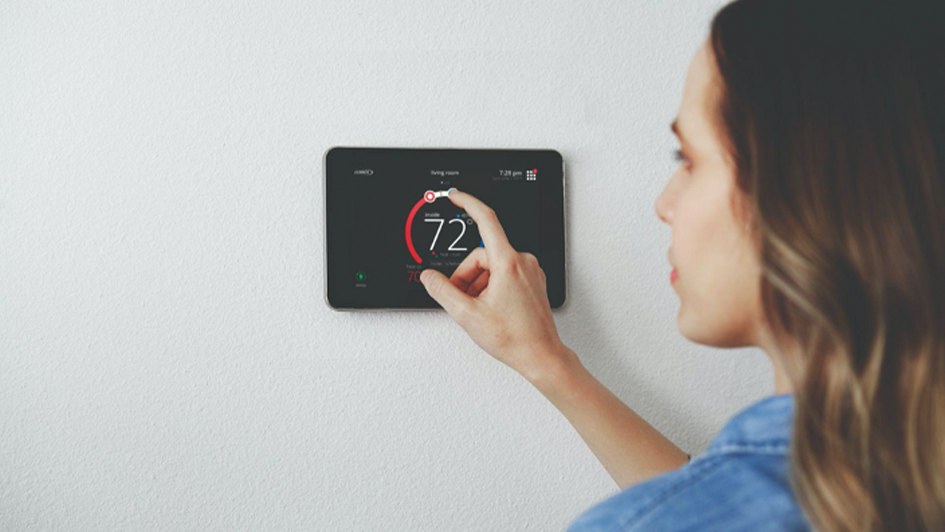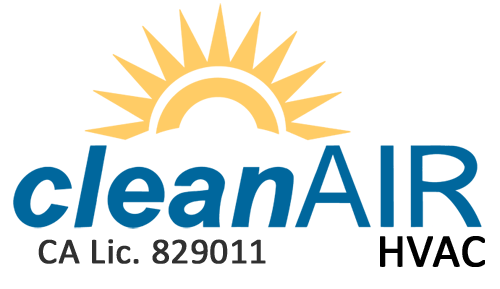
SEER Ratings
You can find SEER ratings on air conditioners and heat pumps. SEER stands for seasonal energy efficiency ratio. Essentially the SEER rating is how much the system is cooling divided by the electricity it uses to do the cooling during a typical summer. Several equations determine exactly what the SEER is.
The minimum SEER rating for an air conditioner or heat pump in California is 14 SEER. In most instances to get any kind of tax rebate or energy credits, the system must be over 16 SEER.
AFUE Percentages
Similar to SEER, AFUE rates energy efficiency. The AFUE stands for Annual Fuel Utilization Efficiency and gauges gas furnace efficiency. As a rule, the higher the AFUE percentage is, the more efficient a unit is. Higher efficiency leads to lower energy bills. In California, the minimum rating for a furnace is 80. Anything over 95 is considered high efficiency and may qualify for tax or energy rebates.
Compared to SEERs, AFUEs are fairly easy to understand. If a furnace is rated at 80% or an AFUE rating of 80, that means it will properly use 80% of gas and waste about 20%. If the unit is rated at 95%, only 5% of the fuel will be wasted. With rising costs of natural gas, energy bills during the winter months can vary by hundreds of dollars depending on the efficiency rating of your furnace.
Ratings of furnaces on the AFUE standard began in 1975 when energy prices soared. The ratings would help consumers know the efficiency of furnaces were before purchasing. Furnaces from that time would be rated 80% at best, some even rating at about 60%.
The SEER system is even more recent. SEERs were established as the standard efficiency rating for air conditioners in 1992. At that time the minimum efficiency was set at 10 SEER. It wasn’t until 2006 that the standard was raised to 13 SEER.
Needless to say, there have been many improvements over the years in creating the most efficient home HVAC systems. At the end of 2022, the minimum rating will rise to 15 SEER. However, many manufacturers will switch to a minimum of 16 SEER.
If your system is from the 1990s, or older, you may want to consider the cost savings associated when purchasing a new system.


